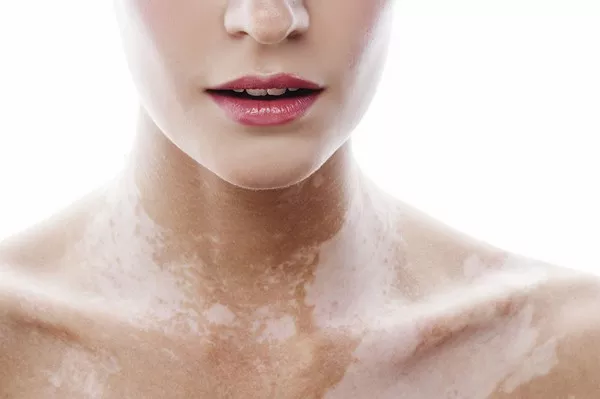Shingles, caused by the varicella-zoster virus, is a painful rash that typically appears as a single stripe of blisters on one side of the body. It’s a condition that can be quite uncomfortable and concerning for those affected. One common question that arises is whether it’s safe to shower while experiencing a shingles outbreak. In this article, we’ll address this concern and provide comprehensive guidance on showering with shingles, including safety measures, hygiene practices, additional tips, when to seek medical attention, and general information about the condition.
Safety of Showering with Shingles:
1. Clear and Concise Answer:
Yes, it is generally okay to shower with shingles. Showering does not worsen the condition and can actually aid in keeping the rash clean, which is crucial for preventing secondary infections.
2. Precautions:
While showering with shingles is generally safe, it’s essential to take some precautions to ensure comfort and minimize any potential aggravation. Avoid using harsh soaps or body washes, as these can irritate the sensitive skin affected by the rash. Instead, opt for gentle, fragrance-free cleansers. When drying off, pat the rash gently with a soft towel rather than rubbing, as this can cause further irritation. Additionally, keep the water temperature lukewarm to avoid exacerbating discomfort or triggering itching.
Hygiene and Shingles:
1. Importance of Cleanliness:
Maintaining proper hygiene is crucial for managing shingles effectively. Keeping the rash clean helps prevent bacterial infections, which can exacerbate symptoms and prolong recovery time. During a shower, gently cleanse the affected area with a mild soap or cleanser and water. Avoid scrubbing vigorously, as this can cause pain and potentially rupture the blisters, leading to further complications.
2. Preventing the Spread:
While showering itself won’t spread the varicella-zoster virus, it’s important to take precautions to prevent transmission to others. Avoid sharing towels, washcloths, or any personal items with others, as the virus can potentially be transmitted through direct contact with the rash. Additionally, individuals who have not had chickenpox or the varicella vaccine should avoid touching the rash, as this can lead to contracting the virus and developing chickenpox.
Additional Tips for Showering with Shingles:
1. Managing Pain:
To alleviate discomfort associated with shingles, consider using a cool compress or taking a lukewarm bath infused with colloidal oatmeal. These remedies can help soothe itching and reduce inflammation, providing temporary relief from symptoms.
2. Showering Frequency:
The frequency of showering with shingles may vary depending on individual circumstances and the severity of the rash. In general, daily showers are recommended to keep the affected area clean and promote healing. However, if showering causes significant discomfort, consider alternative cleaning methods such as sponge baths to maintain hygiene while minimizing discomfort.
3. Alternative Options:
For individuals who find showering too painful or challenging due to the location of the rash, alternative cleaning methods like sponge baths can be beneficial. These allow for gentle cleansing of the skin without the need for immersion in water, reducing discomfort while still promoting cleanliness.
When to Seek Medical Attention:
While shingles often resolve on their own within a few weeks, certain circumstances warrant medical attention. If the rash is located near the eyes, it’s essential to seek prompt medical care to prevent potential eye complications. Additionally, if the pain associated with shingles is severe and unresponsive to over-the-counter pain relievers, or if you have a weakened immune system due to conditions like HIV/AIDS or cancer, consult a healthcare professional for further evaluation and management.
General Information about Shingles:
Shingles, also known as herpes zoster, is caused by the reactivation of the varicella-zoster virus, the same virus responsible for chickenpox. After a person recovers from chickenpox, the virus remains dormant in the body’s nerve tissues. However, it can reactivate later in life, typically due to age-related decline in immune function or other factors such as stress or illness. Common symptoms of shingles include pain, tingling, or burning sensations followed by the appearance of a rash, which typically progresses into fluid-filled blisters.
Conclusion
In conclusion, showering with shingles is generally safe and can even promote healing by keeping the affected area clean. However, it’s essential to take precautions to minimize discomfort and prevent the spread of the virus to others. By following proper hygiene practices, managing pain effectively, and seeking medical attention when necessary, individuals can navigate through a shingles outbreak with greater ease and comfort.

























